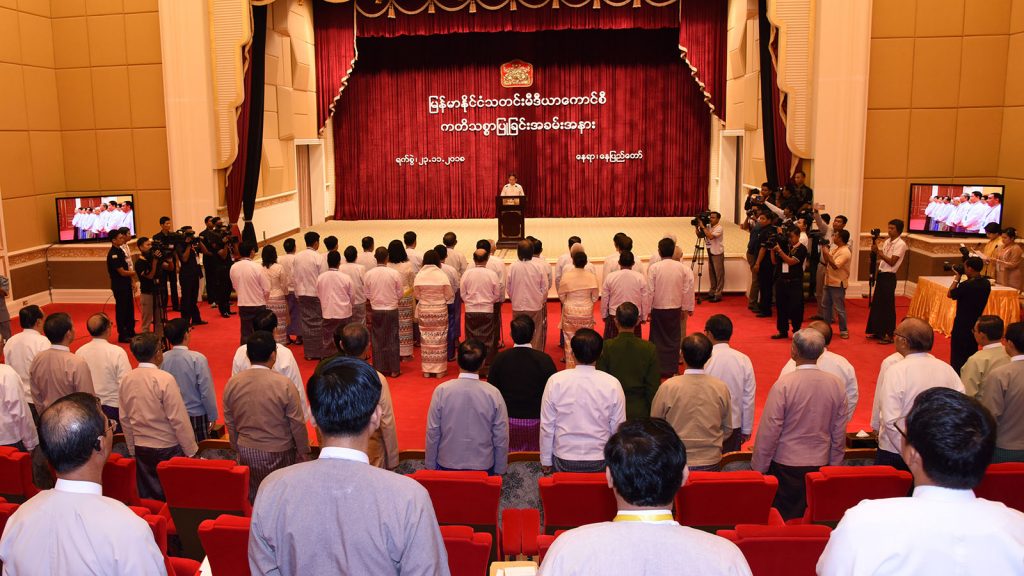By Khin Yadanar, Theint Theint Moe
In accord with the motto “To inform, educate and entertain the public”, the Ministry of Information (MoI) under the civilian government has been carrying on that mission for three years as of now. The following is two exclusive interviews with the Union Minister for Information, Dr. Pe Myint, and Deputy Minister U Aung Hla Tun on the tasks and accomplishments undertaken by the ministry in its third year of operations.
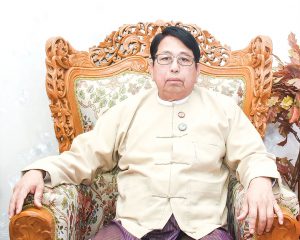
Dr. Pe Myint (Union Minister for Information)
Q: Can you introduce us with the vision and mission of MoI, seeing as it serves as a bridge between the public and the three pillars of government.
A: The Ministry of Information basically serves as a medium between the government and the people. There are four major departments under MoI that perform the many functions of the ministry. They are Myanmar Radio and Television (MRTV), the Information and Public Relations Department (IPRD), the Printing and Publishing Department (PPD), and the News and Periodicals Enterprise (NPE).
Q: Could you tell us a bit about the history behind MRTV and of any improvements made during the third year of administration.
A: People used to know MRTV as Myanma Athan and began as a radio broadcasting service. After the television was created, it changed its name to MRTV. Looking back, we can see that this department has undergone changes to stay relevant to the evolving technology of the world. We can see that adapting to the changing technology is important.
I wish to highlight two examples of the MRTV’s tasks during the government’s third year in office concerning the development of infrastructure, equipment and technology.
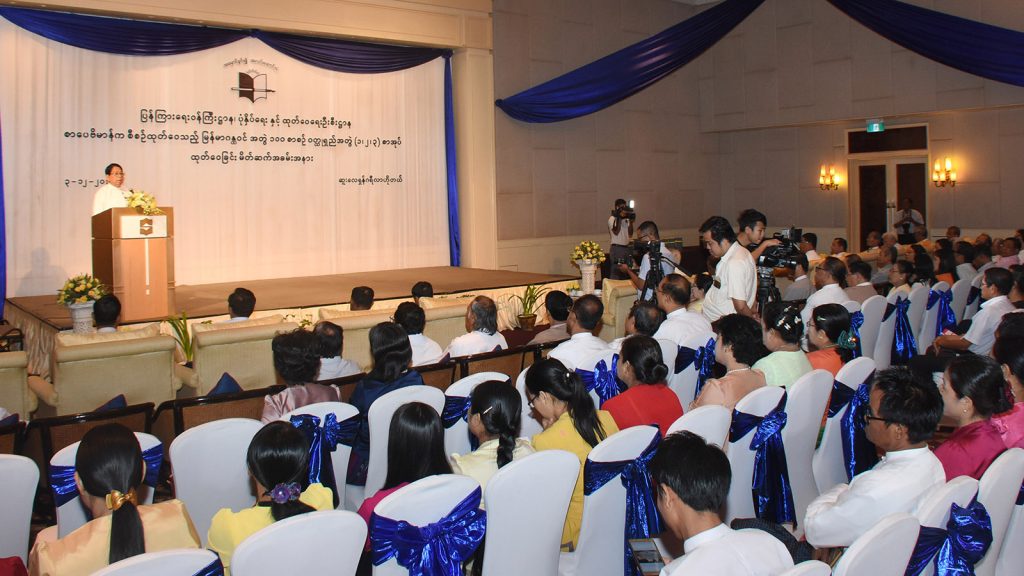
Upgrading
MRTV has Studio 1 on Yangon’s Pyay Road which used to be the main center for all its work. It has fell into disuse for quite some time but we are renovating it and will likely be able to use it again soon. This is an example of developing our infrastructure and improving our broadcasting services.
We have improved on a lot of direct broadcasting programs last year. We’ve been broadcasting events and incidents the public are interested in, such as the State Counsellor’s roundtable discussions with youths. We’ve also recently incorporated three Digital Satellite News Gathering (DSNG) vehicles to bring these direct broadcasts to remote regions.
Q: Could you tell us how you helped develop domestic private broadcasting channels.
A: We actually began plans to allow the emergence of new private broadcasting channels two years ago as we aim for the rights and development of private channels. We arranged for five channels to broadcast from within MRTV’s broadcasting system. We’ve evaluated the five work processes for the five channels and they began operating one by one last year.
Q: We’d like to know about the IPRD’s successful Children’s Literary Festivals and other related events.
A: The Information and Public Relations Department began organizing the Children’s Literature Festivals over two years ago and is continuing these festivals in this year with increased momentum.
As of now, we have organized 9 national-level children’s literary festival and 57 district-level festivals. We have plans to organize similar festivals at the township level as well.
There has been increased interest from the subnational governments on this. The Ayeyawady Region cabinet, for example, has allotted K3 million as funds for 26 townships in its region to host their own Children’s Literary Festival.
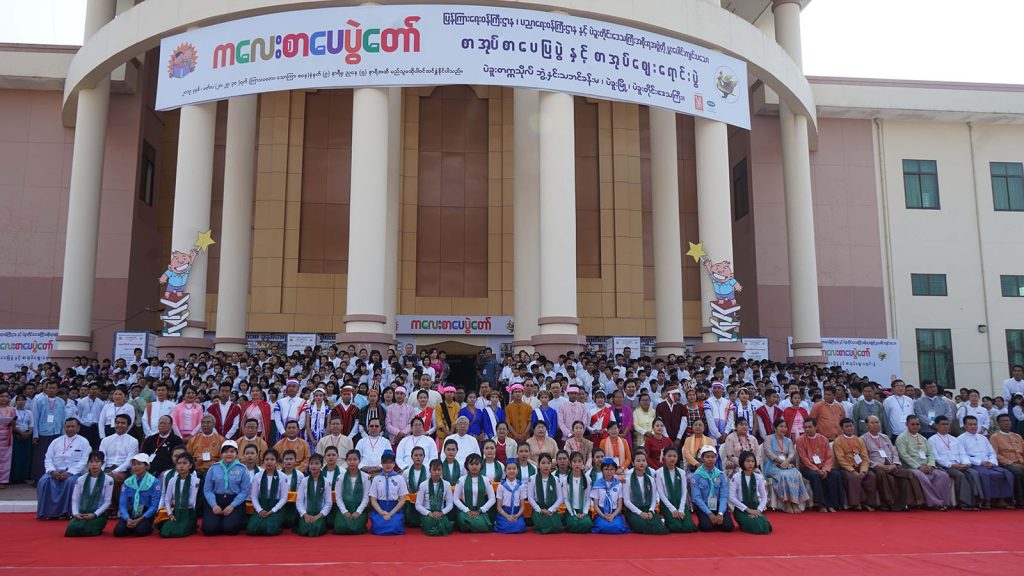
Cooperation with other ministries
In the previous year we held national-level festivals at Pathein University in Ayeyawady Region, Myitkyina University in Kachin State, and Bago University in Bago Region. MoI received cooperation from other ministries in organizing these festivals.
There are other events similar to the children literary festivals that we are expanding on. Last year, we held an All-round Youth Development Festival in Mandalay. We conducted all-round development for university students including literature and we also hold sports competitions. As the literature festivals gained traction, we wanted to motivate the majority of the public to read. So, we held an event for the ‘All who can read, should read’ movement in Nay Pyi Taw last year. The State Counsellor herself attended the event and it was held successfully.
Q: Can you also tell us about the reading circles and discussions the IPRD has organized.
A: Aside from the literature festivals, the Information and Public Relations Department is focusing extensively on another project. The IPRD is opening libraries and offices in every township and district.
Officials are inviting avid readers to form reading circles in those libraries. There are plans to hold regular discussions on books and literature and they organize seminars for writers and their readers to interact in person. When a new book comes out, they invite the author and the reading circles to attend a seminar together.
We have also converted the IPRD offices across the country into community centres for local people to congregate at. The community centres organize reading circles and public roundtables as well.
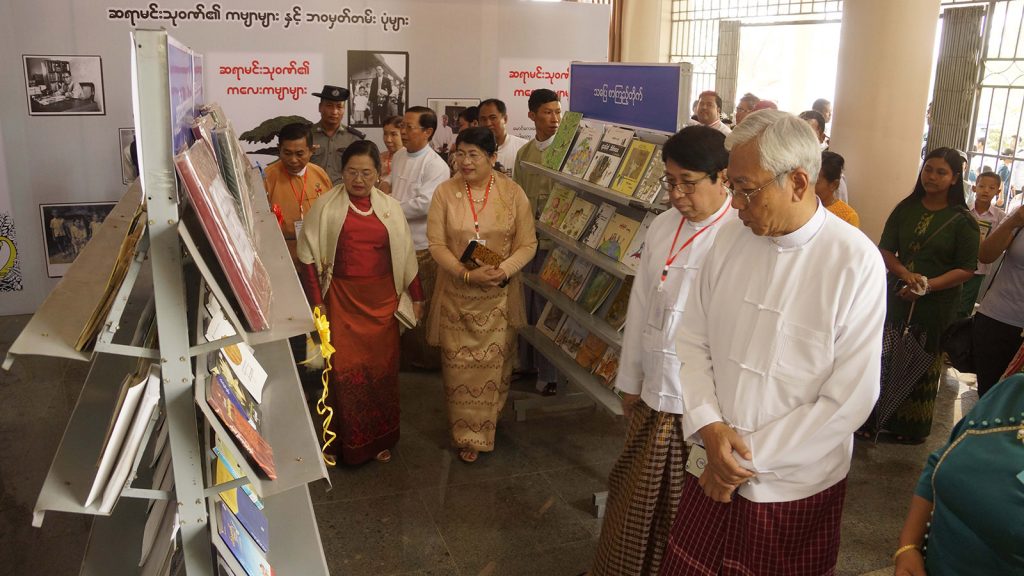
The emergence of public roundtables
Public roundtables focus their discussions on the important affairs, matters and topics of their respective region. We believe there have been thousands of public roundtables held across the country. We wish to proliferate democratic customs, freedom of speech, and a culture of information exchange in the nation.
Q: Please tell us what the Sub-department for Film Promotion has done to develop the film industry.
A: The IPRD is also responsible for developing Myanmar’s film industry. To do that, there needs to be movie studios and schools on filmmaking. There needs to be more films and their quality has to improve as well. We need investors to effectively boost the industry.
There is a film development garden in Yangon but the buildings inside are weathered from the elements. We used our limited budget to begin renovating it last year. There are three studios in the garden and they’ve been completely rebuilt with shooting already done in them. We’ve also arranged seating for movie artistes to be able to convene at those locations.
Q: How big of an impact do you think the filming of international films in Yangon will have on the movie business?
A: An interesting development this year was the filming of some scenes for the Hong Kong action film Line Walker 2 on Sule Pagoda Road right at the center of Yangon. Securing the rights to film the movie here has let the world know that Myanmar is open and prepared for filming movies like this.
The fact that a movie like this came and filmed here is a definite reversal of the perceived notion that our country is fraught with restrictions and limited freedom. But we have shown that Myanmar is capable of hosting filming on this scale and working here is more relaxed and smoother than people had thought. This immensely benefits our country.
If we can film the natural scenery, mountains and forests in other parts of the country and show it to the entire world then public opinion of our country will gradually increase in a positive direction.
There have been more foreign film crews filming different parts of Myanmar as of late. There are also more collaborations with domestic companies to shoot movies and TV series. We received an offer to build a large movie studio in Nay Pyi Taw.
Q: Can you provide a summary of the Printing and Publishing Department’s journey in this year?
A: The PPD accepts printing projects from outside and print them with the department’s printing machines but it used to focus only on government documents in the past. Government printing matters include the Myanmar Gazette, government documents and electoral lists. The biggest task of PPD by volume now is printing school textbooks. They printed 35 million books submitted by the Department of Basic Education last year. They are now printing 39 million textbooks for the upcoming academic year.
Q: Were there any special tasks your ministry conducted to promote publishing books and develop Myanmar literature in the third year?
A: The PPD also takes care of the publishing part. The Sarpay Beikman mainly deals with developing Myanmar literature. The ministry has been handing out National Manuscript Award for a long time and there are lifetime achievement awards and separate awards for each literature genre. The Sarpay Beikman Manuscript Award is awarded to competing manuscripts that have not been published in a book format yet. We take care of printing and publishing for winners of that award.
Q: Can you elaborate on the three volumes of 100 Myanmar Classics series published not too long ago?
A: This is a project we are undertaking with assistance from external experts. There are countless pieces of Burmese literature from the distant past to the modern day that the people should read. We selected literary works from among that ocean of literature and compiled it into 100 Myanmar classics. The first 100 classics are compiled in volumes 1, 2 and 3 and we are working on releasing another set of volumes in the future. We are also planning to release 15 volumes of the Myanmar Encyclopedia in a new format.
Q: Can you please explain about the paper-reading sessions and seminars organized for developing the entire literature sector?
A: We have paper-reading sessions and seminars organized by our departments and we also arrange locations and seating for external literature organizations that wish to organize seminars and their own awarding programs.
The IPRD also has a research group that has its own office space in the PPD’s building on Theinbyu Road. They arrange meetings with scholars from Yangon and researchers on all topics from around the world based from that location. They have published their assessments in book formats as well.
Q: Can you tell us what the state-run newspapers have done in the third year period?
A: As the people know, we have the two Myanmar dailies, The Kyemon and The Myanma Alinn, and the English daily, The Global New Light of Myanmar. The two Myanmar dailies are owned by the News and Periodicals Enterprise while GNLM is conducted as a joint-venture with Global Direct Link company. We also have an online media outlet called Myanmar Digital News. It’s also a joint venture, we’re partnering with Megalink Advanced Technologies company.
Our newspapers disseminate information about the legislative, executive and judiciary pillars who are assuming national duties on behalf of the public. Since these pillars are working for the people, there is the duty to report their tasks and processes to the public.
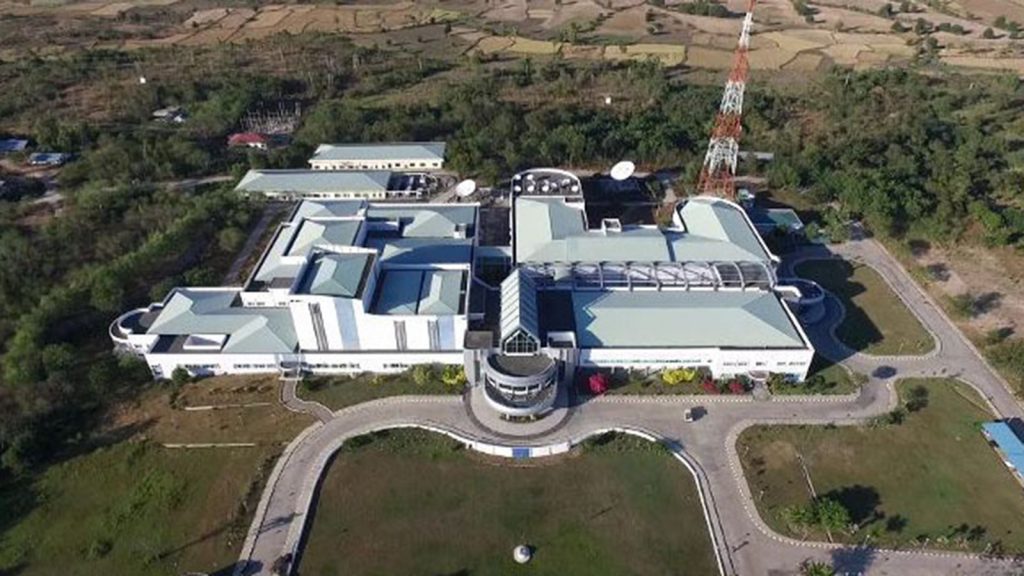
Q: What other duties are you performing for the people in addition to reporting on the three pillars of government?
A: Aside from sharing news on the Union Government and other organizations to the public, we also exclusively share news on local news such as the customs and culture of ethnic races, transportation and reforms. We also issue supplements in ethnic languages to assist their development and report on the affairs of Yangon City on the Yangon page which is connected to the entire country.
We have a Mandalay supplement page for sharing news to Mandalay and Upper Myanmar. We’ve also opened a youth section where aspiring young writers and literature enthusiasts get a chance to show their work. And then we have two pages of cartoons every week for children to enjoy. With all this extra content, Myanmar newspapers publish 32 pages regularly but can increase to 48 pages on days with lots of supplements.
Q: Could you elaborate further on the online newspaper you’ve mentioned?
A: News publishers have to adapt with the changes our readers make in accessing information. The evolution of technology required us to launch Myanmar Digital News as an online platform over a year ago and it’s operating normally right now.
Q: What future plans are in store for MoI?
A: We will continue to make MoI’s main duties more comprehensive. Our main responsibly is to disseminate information to the general public and we will continue to polish our endeavours in that regard.
There’s also our duty to provide entertainment to the people and we will continue bettering that sector. The rest of our future plans include letting the officials from the country’s pillars and the public interact, ensuring people-to-people communication and exchange of information and ideas prosper, arranging seating and locations for events, conducting roundtable discussions and meetings.
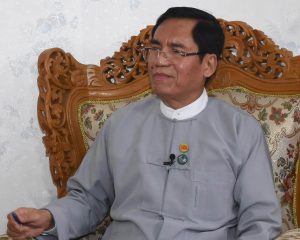
U Aung Hla Tun (Deputy Minister for Information)
Q: News, information and accessing them is important for Myanmar. How important is press freedom to the development of the media sector?
A: Freedom of the press is important not only for the media sector, but also crucial for the development and stability of a nation. The flow and accuracy of news is very important. Access to information is vital for a fledgling democracy such as our country. Our country has been a stranger to democracy and press freedom for more than 50 years.
Q: How are press freedom and national development related to each other?
A: There are a lot of underlying factors. For one thing, the main duty of the media is bridging the gap between the three pillars of government and the people. Furthermore, the media is responsible for portraying the image of the nation on the international arena.
But the news and media sector needs to be professional in addition to having freedom. They need to carry out the genuine job of the media and adhere to rules of conduct and ethics for media personnel.
Q: What tasks for developing the media sector were conducted in the government’s third year in office?
A: There were numerous things we did in the third-year period. A major accomplishment was organizing the 7th Myanmar Media Development Conference together with our partners IMS and UNESCO.
Q: Do you feel your ministry was able to accomplish as much as you were expecting in the three-year period? And were there strengths and weaknesses to that?
A: The main necessity in the democratic transition is for the emergence of independent media that has self-control and adheres to the rules of conduct. It’s important to maintain professionalism and be independent. There are two sides to being independent. One, you have freedom and no obstacles, and two, you don’t need to rely on anyone else.
It’s not important who owns it. It can be owned by the private sector, organizations, a single individual or the government. However, there are certain standards in the world of media. We are still working hard to realize them and we will continue to do so. We have achieved a degree of success though.
Then there are numerous challenges and the sustainability of private media. Some private media, especially print media, need to find methods for sustainability.
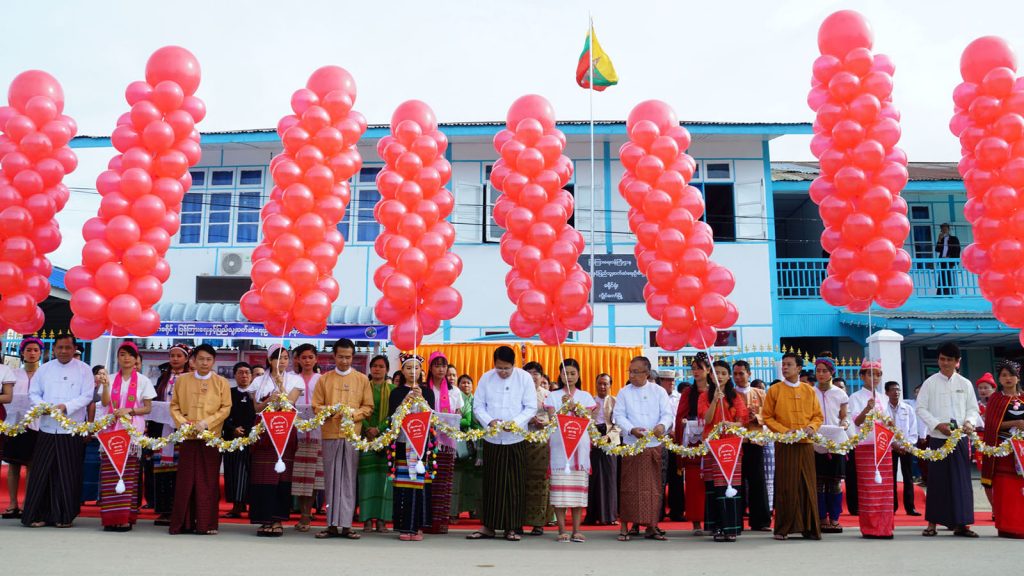
Q: MoI is the main medium communicating with the people and is the fourth pillar of democracy. Do you have any other message you wish to relay to the public?
A: My message is that the media is playing an increasingly important role than from the past. Why? It’s because about 50 million people in the country are using handphones and all of them have access to media platforms. Their media consumption has exponentially increased and now we have a new media platform; the social media network called Facebook. It has a host of positives, which I won’t need to point out, but also lots of negatives. If it’s not used properly then the consequences will be negative.
It can ruin our national image and fan the flames of hatred. There is also the danger of disinformation, fake news, hate speech and fabrications. So, I want to tell the people the ABCs of media information literacy. It’s what steps to remember when you looking at a piece of news.
First, look for the source of the news. Who wrote it and what is their intention of writing it? Do they have an address of contact information? Are their accounts fake? There are many instances of people holding more than one account. And you also need to read the entire news. You can’t just read the headlines and be done with it. (Translated by Pen Dali)
